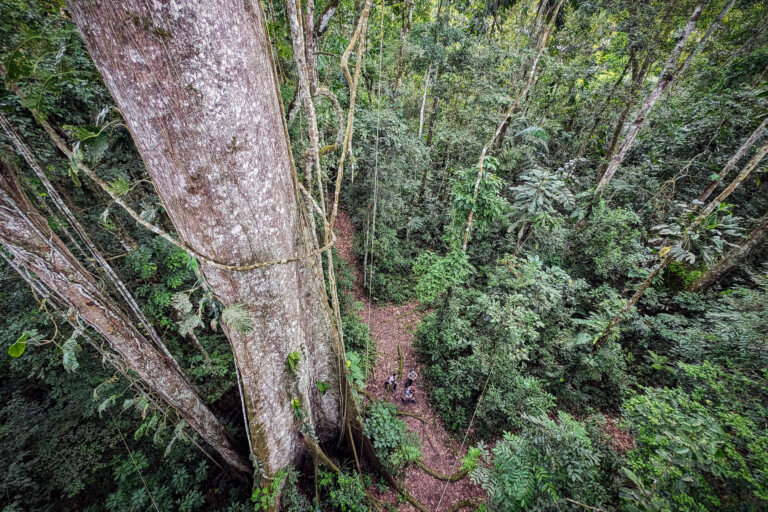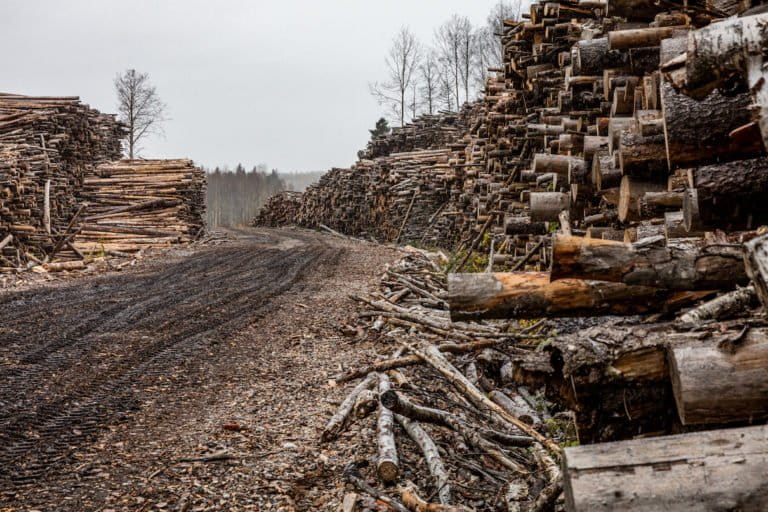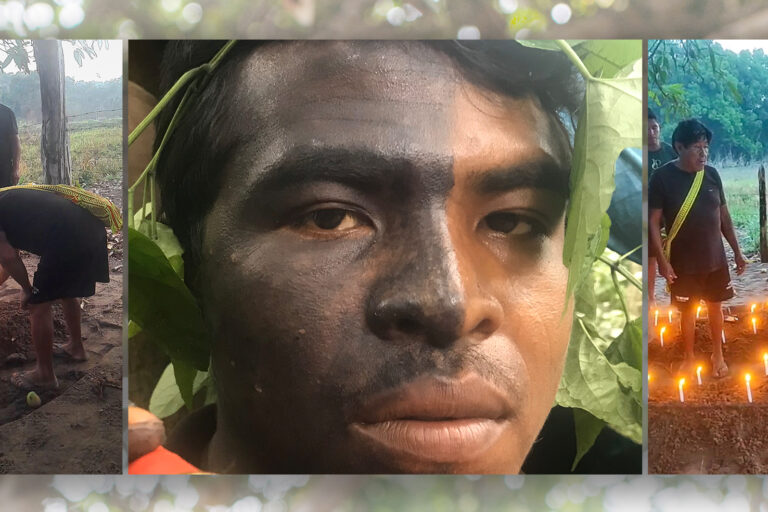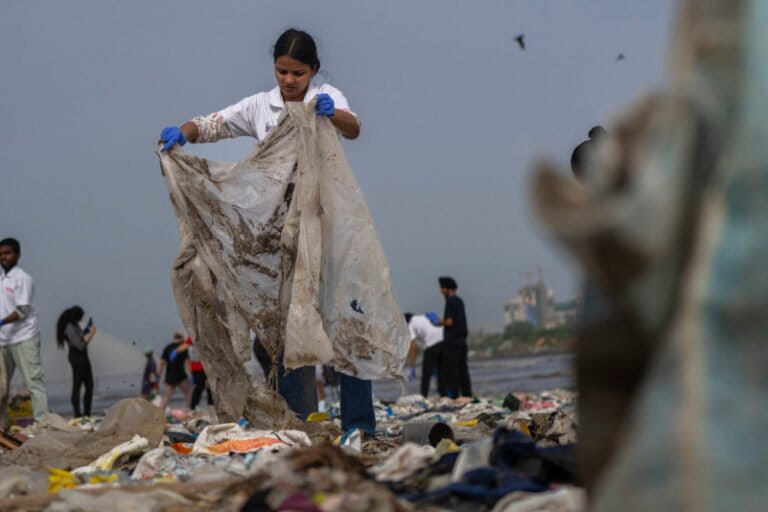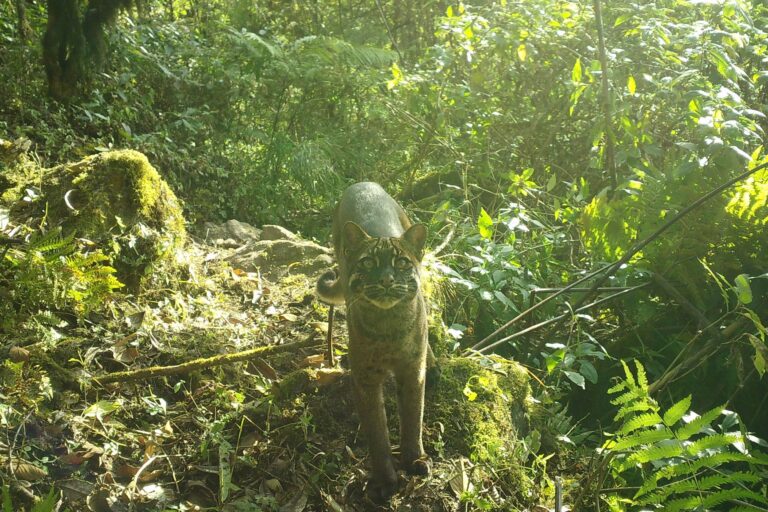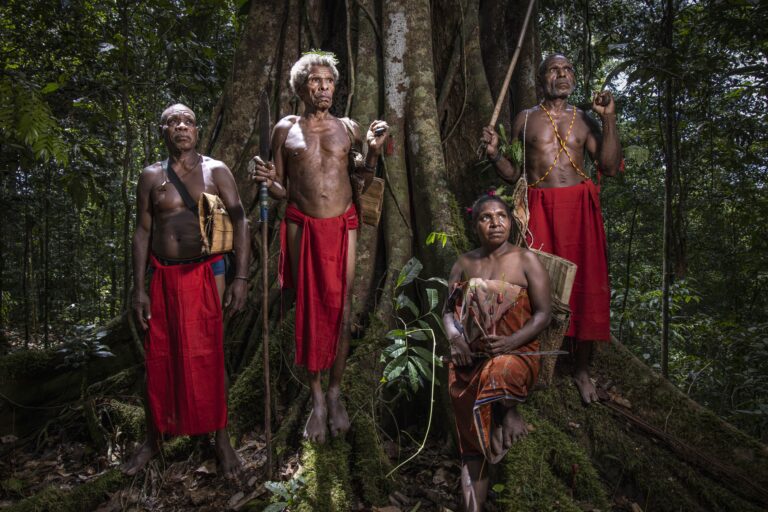The Brazilian Pantanal is the world’s largest wetland and home to the highest density of jaguars anywhere. Thousands of tourists arrive every year to see the animals in their natural habitat But the boom in tourism has created new problems, Mongabay contributor Francesco Schneider-Eicke reported from Porto Jofre, a jaguar hotspot in the northern Pantanal.
In the past, jaguar numbers dwindled as local ranchers often killed the predators to protect cattle against predation. But with the expansion of ecotourism around a decade ago, the jaguar population has rebounded and local awareness of the need to conserve the largest wildcat in the Americas has grown.
On peak days, more than 30 boats, each with camera-toting tourists, can crowd around a single jaguar. People working in the region are beginning to warn that the pressure from tourism is stressing jaguars and leaving visitors frustrated by the congestion.
“Overcrowding is definitely becoming an issue,” Rafael Chiaravalloti, an environmental anthropologist at University College London who has studied the Pantanal for more than 15 years, told Schneider-Eicke.
“We hear people telling us of moments when jaguars don’t hunt or mate because there are too many boats around them,” Chiaravalloti added. “We don’t have long-term data yet, only anecdotal evidence, but it’s important to act before damage is done.”
As jaguar numbers rise and the cats become increasingly accustomed to humans, the likelihood of a sighting on any given day is nearly 100%. According to the Jaguar ID Project, which operates in Porto Jorge, the number of jaguars habituated to humans has risen from 29 in 2013 to 130 in 2023, an increase of more than 400%.
At the Caiman Lodge, almost 300 kilometers (190 miles) south of Porto Jofre, there has been a similar trend. An ecotourism agency owner reported that sightings rose from around three jaguars a year in 2009 to more than 1,000 sightings each year.
As jaguars become less fearful of humans, locals report the 90-kilogram (200-pound) animals roaming closer to homes. In April 2025, a jaguar killed a 60-year-old local man near a riverbank. Incidents like this, though rare, may revive the practice of retaliatory killings in the region, Chiaravalloti warns.
Experts also warn that jaguar tourism could eventually collapse if the tours become even more crowded. Also, more aggressive tourism practices could displace locals and degrade habitat, as has been observed in other wildlife hotspots including the Ngorongoro Crater in Tanzania.
“The Pantanal risks becoming a victim of its own success,” Fernando Tortato, Brazil conservation program coordinator for the wildcat conservation nonprofit Panthera, told Mongabay.
Read the full story by Francesco Schneider-Eicke here.
Banner image: A jaguar spotted on the banks of the São Lourenço River. Image by Francesco Schneider-Eicke for Mongabay.








